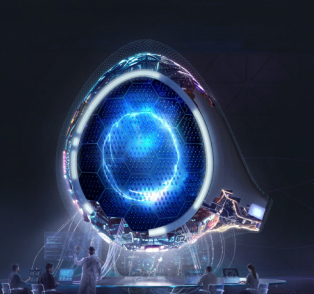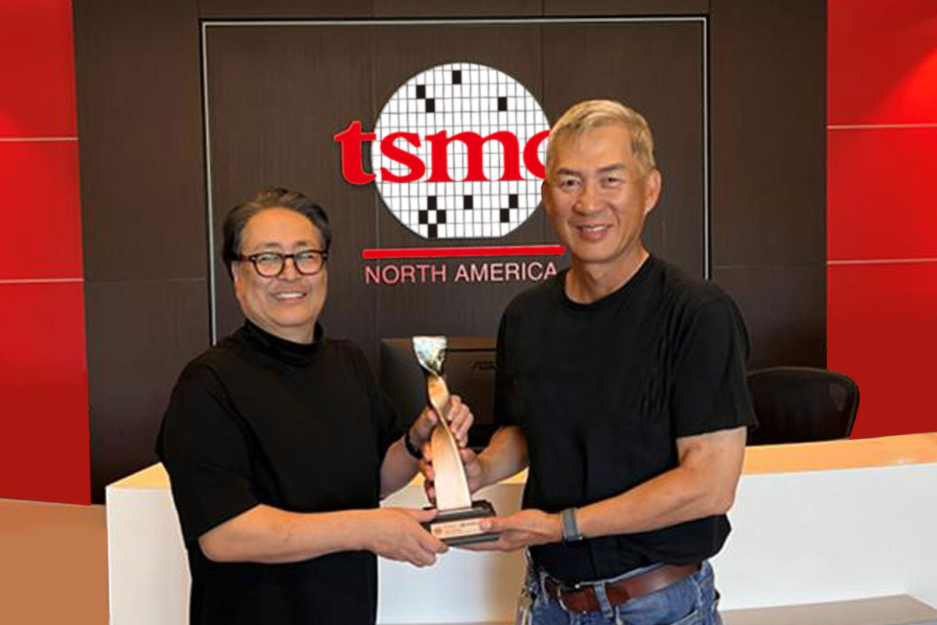The 2-Minute Rule for apollo4 blue plus
The 2-Minute Rule for apollo4 blue plus
Blog Article

Left: While in the VAB, the crawler transporter positions alone down below Mobile Launcher 1 in preparation for rollout of SA-501 for the launch pad – Notice the employee from the foreground for sizing comparison.
RTC 01 The Ambiq® real-time clock is definitely the marketplace chief in electricity administration, operating as a very lower electrical power "maintain-alive" source with the technique and bypassing the need for the primary MCU to ability down the product to conserve power.
In 1965, the Apollo Programs Method (AAP) was made to take a look at science missions that might be performed using Apollo components. A great deal with the preparing centered on the concept of a space station. Wernher von Braun's earlier (1964) ideas utilized a "wet workshop" principle, by using a invested S-II Saturn V next phase being released into orbit and outfitted in Room. The next 12 months AAP examined a more compact station using the Saturn IB next stage. By 1969, Apollo funding cuts eliminated the possibility of procuring extra Apollo hardware and compelled the cancellation of some afterwards Moon landing flights.
" It absolutely was revealed in 1989 that the Soviets had tried to deliver folks for the Moon, but have been unable on account of technological challenges.[229] The general public's response from the Soviet Union was combined. The Soviet govt minimal the discharge of information regarding the lunar landing, which affected the response. A percentage of the populace didn't give it any consideration, and One more portion was angered by it.[230]
They argued that the main human being to wander about the Moon needs to be like Charles Lindbergh, a relaxed and tranquil particular person. They manufactured the decision to change the flight plan And so the commander was the 1st to egress through the spacecraft.[98] Pre-launch
At ten:fifty six p.m. EDT Armstrong is ready to plant the initial human foot on A different entire world. With a lot more than half a billion people today seeing on television, he climbs down the ladder and proclaims: “That’s 1 small action for a man, a single giant leap for mankind.” (› Enjoy Audio)
The technologies is Utilized in the Apollo household of microcontrollers which includes resulted in chips which will work all the way down to 30uA/MHz in active method and 100nA in standby.
Points were looking superior for NASA at the beginning of 1966. The copyright program was midway accomplished and effectively on course to accomplish all the most important software targets by the end with the 12 months, and Apollo was within the pipeline on track to start manned missions early in 1967. And flights in help of Apollo’s lunar objective were being very well underway by this level.
Accomplish multi-channel processing and higher-fidelity digital audio with Increased electronic filtering and minimal electrical power audio interfaces.
About 38 seconds right after the second phase ignition the Saturn V switched from a preprogrammed trajectory to some "shut loop" or Iterative Steering Method. The instrument unit now computed in real time the most gasoline-effective trajectory toward its concentrate on orbit.
Additionally, the Apollo3 Blue Plus includes a focused second core with the ultra-minimal ability Bluetooth® Reduced Electricity five connectivity platform, delivering top-quality RF throughput and leaving a lot of assets obtainable for user applications. The Apollo3 Blue Plus adds two added MSPI modules (three full) and raises the external memory execute-in-area (XiP) aperture from 64MB to 96MB (32MB/MSPI occasion). Other updates include internal flash from 1MB to 2MB; SRAM from 384KB to 768KB (TCM measurement stays at 64KB); plus the GPIO depend from fifty to 74.
With around 2MB of MRAM and a couple of.75MB of SRAM, the Apollo4 Blue Plus has greater than plenty of compute and storage to handle complex algorithms and neural networks even though exhibiting vibrant, crystal-distinct, and clean graphics.
Apollo 4 about the start pad. It had been at this time the company also manufactured a decision about how to call its Apollo missions. The widows of the Apollo 1 crew questioned that NASA retire the mission designation in honour in their husbands so they might retain the flight they in no way got to fly. NASA, not surprisingly, agreed. Continuing this naming plan, there were two possibilities, both of which Mueller outlined within a letter to Deputy Director of your Manned Spaceflight Centre George Minimal.
The ability will concentrate on growing its layout, verification, and validation engineering teams to guidance organization growth.
Get Smart. Use Less Energy.
Ultra-low power SoCs for IoT endpoint devices
that demand complex operations
and longer battery life.
✍ Ambiq® is committed to further improve the quality of life by enabling the intelligence of endpoints while further reducing carbon footprints. Ambiq – your partner in endpoint intelligence.
✯✯✯Based in Austin, San Jose, Hsinchu, Shenzhen, and Shanghai, our leadership and management teams consist of advocates, builders, enthusiasts, entrepreneurs, explorers, incubators, inventors, pioneers, protectors, thinkers, and visionaries. With a diverse spectrum of experiences and skillset, we came together and united with one goal to enable the true Internet of Things where the battery-powered endpoint devices can truly be connected intuitively and intelligently 24/7.
Ambiq Wins the Demo of the Year Award at 2023 TSMC Technology Symposium
September 7, 2023, Austin, TX – Ambiq®, a leading developer of ultra-low-power semiconductor solutions that deliver a multifold increase in energy efficiency, was awarded the Demo of the Year Award by TSMC as a participant of the Innovation Zone at the 2023 TSMC North America Technology Symposium.
Ambiq Wins the Demo of the Year Award at 2023 TSMC Technology Symposium
During the April event, Ambiq showcased various product design wins using TSMC’s 22nm technology in wearables, digital health, smart home, Industrial IoT, pet trackers, and power management retail segments, with industry-leading energy efficiency. Ambiq also featured two live demos emphasizing its leadership in enabling endpoint AI with its HeartKit™ for remote patient monitoring and its graphics display capabilities for a vivid user interface. 
TSMC pioneered the pure-play semiconductor foundry business model when it was founded in 1987, helping startup companies accelerate their innovations by providing access to the industry’s leading process technologies and manufacturing capacity. Since 2021, TSMC has expanded that mission with an Innovation Zone at its worldwide Technology Symposiums, highlighting how TSMC partners with startup companies to enable cutting-edge products from various applications, including high-performance computing, communication, automotive, IoT, and consumer segments.
“We’re grateful to TSMC and our booth visitors for allowing us to share our energy-efficient technology and processor solutions with them,” said Ambiq’s CEO, Fumihide Esaka. “We’re moving towards an exciting frontier of AI becoming more engrained with our daily lives. With that vision on the horizon, we will continue to develop innovative and first-of-its-kind ultra-low-powered solutions that keep innovation and sustainability in mind. 
Ambiq’s mission is to develop the lowest-power semiconductor solutions to enable intelligent devices everywhere by developing the lowest-power semiconductor solutions to drive a more energy-efficient, sustainable, and data-driven world. Ambiq has helped leading manufacturers worldwide develop products that last weeks on a single charge (rather than days), while delivering a maximum feature set in compact industrial designs. Ambiq’s goal is to take Artificial Intelligence (AI) where it has never gone before in mobile and portable devices, using Ambiq’s advanced ultra-low power system on chip (SoC) solutions. Ambiq has shipped more than 200 million units as of March 2023.
Ambiq Designs Low-Power for Next Gen Endpoint Devices
Ambiq’s VP of Architecture and Product Planning, Dan Cermak, joins the ipXchange team at CES to discuss how manufacturers can improve their products with ultra-low power. As technology becomes more sophisticated, energy consumption continues to grow. Here Dan outlines how Ambiq stays ahead of the curve by planning for energy requirements 5 years in advance.
Ambiq Highlights From Embedded World 2024
Facebook | Linkedin | Twitter | YouTube